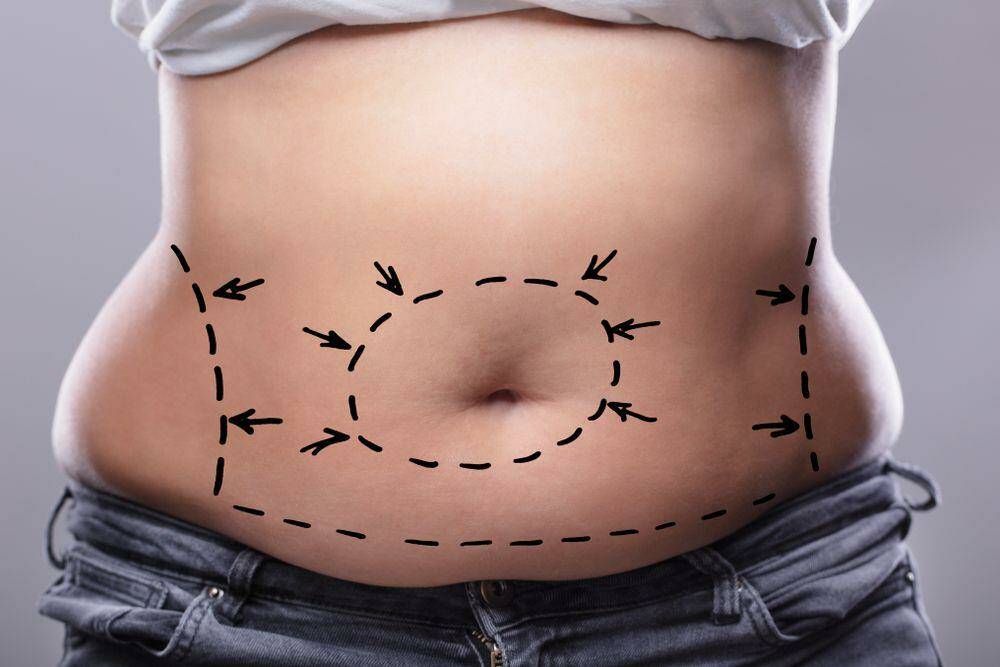What to expect during liposuction surgery

This is sponsored content for Melbourne Liposuction.
Liposuction is a procedure that involves the removal of fat from specific parts of the body,including the thighs, abdomen, hips, arms, buttocks, neck or arms.
The procedure is also expected to contour the areas that have been mentioned. Liposuction is also called other names such as body contouring and lipoplasty.
Melbourne liposuction clinics and other clinics claim that liposuction is not a weight-loss alternative.
Who Can Undergo Liposuction?
Liposuction is found to give the most benefit to people who are near their ideal weight or 30 per cent near their ideal weight but have uneven localised fat deposits that diet and exercise can't eliminate.
Being overweight doesn't call for liposuction.
You should also be a non-smoker and in excellent health. You are a candidate for the procedure if you have realistic expectations and a positive attitude towards the results of the procedure.
A good candidate for liposuction must also have good muscle tone and skin elasticity.
If a person has loose hanging skin because of a lot of weight they have lost, having liposuction may just worsen the situation.
What to expect during the procedure
On the day of the surgery, ask someone to drive you to the clinic where the procedure will be performed.
The surgeon will then take pre-operation photos. They will also mark the target areas of the body while you're standing.
- You'll be prepared for surgery. The medical staff will set up IV fluid lines to help control fluid levels during the procedure. Monitors will also be connected to you to help them keep track of your blood pressure, heart rate, and blood oxygen levels all the time during the surgery.
- You'll be given anesthesia. Depending on your procedure, you may be given local or general anesthesia. When you need to be asleep during the procedure, you'll need a general anesthetic. Sometimes, the procedure is done using a combination of an IV sedative and local anesthesia to keep you calm during the surgery. The surgeon should know the best option for you.
- Incisions are done. The surgeon will make very small incisions of around an eighth to a half inch in length. These incisions are made along the natural body creases as much as possible for them to be easily concealed. Usually, when working with larger areas, multiple incisions will be made around the target area.
- Fat in the area is prepped for suctioning. The surgeon will know what techniques to perform during this step before proceeding to fat suctioning.
- Fat is removed from the area. Depending on the amount of fat to remove, the "melted" fat is massaged or vacuumed out. Usually, fat is removed using cannulas, which are small hollow metal tubes. These tubes are inserted through the incisions and cannulas are moved in controlled back and forth motion. This will help loosen and suck the fat, which is then drained via the tube and into the designated receptacles.
- Incisions are closed using surgical stitches. There are cases when small tubes are placed in the incision areas to drain excess fluids after the procedure.
The surgery may take several hours depending on the amount of fat that should be eliminated.
If you're administered general anesthesia, expect to wake in a recovery room. You'll usually be asked to spend a few hours in the facility for the doctor to monitor your recovery.
If the procedure is done in a hospital, you may be asked to stay overnight to ensure that your body is not in shock or dehydrated from fluid loss.
Related procedures
Because most women turn to liposuction to balance out their body proportions, the procedure isusually performed together with a breast lift or breast augmentation surgery.
Patients suffering from loose skin in some areas will usually have a body lift or tummy tuck procedure to improve the patient's overall result. For other patients, they may choose to undergo breast reduction as well.
What liposuction can't address
Liposuction is not the procedure for you if you're planning to get rid of those extra hundred pounds you've had in the last five years.
The amount of fat that can be removed during a liposuction procedure can vary from 1 to 10 pounds.
Although large quantities of fat can be eliminated in a procedure, this usually comes with greater safety risks, contour irregularities, and skin rippling.
Liposuction also can't eliminate the appearance of cellulite.
Final thoughts
If you've had liposuction, you won't be able to see the results until the inflammation has disappeared. This can take up to several months but most of the swelling will reduce after four weeks.
The target area should also look less bulky. Patients who've had liposuction should observe a healthy, balanced diet and regular exercise to keep the results permanent.
This is sponsored content for Melbourne Liposuction.


